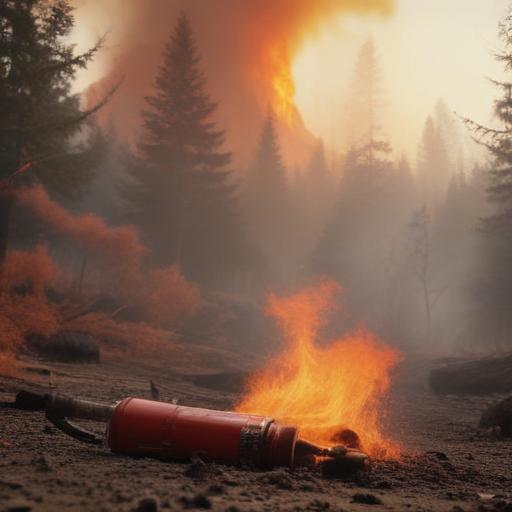The Dragon Bravo Fire, which ignited on July 4, has now become the largest wildfire in the continental United States for 2025, devastating over 111,970 acres of forest landscape as of August 1. This wildfire, sparked by lightning, has been intensified by extreme fire weather conditions, including low humidity, high winds, and soaring temperatures, posing ongoing challenges for fire crews. Currently, firefighters have managed to achieve only 9% containment of the fire.
Notably, the Dragon Bravo Fire ranks as the 10th largest wildfire in Arizona since 1990, with its size exceeding three times that of Phoenix. Historical comparisons show that the Willow and Bighorn fires, ranked 9th and 8th respectively, burned even larger areas at 119,500 and 119,987 acres. The Dragon Bravo Fire is advancing northward, encroaching upon the area affected by the 2006 Warm Fire.
Fire management updates indicate that aerial resources have been deployed to hinder the fire’s spread, particularly in areas near Forest Road 610, while nighttime operations focus on establishing containment lines and progressing toward State Route 67. Fortunately, firefighters received some relief as cloud cover helped diminish the fire’s intensity.
Efforts are being concentrated on protecting significant sites within Grand Canyon National Park and Kaibab National Forest, such as cultural sites on the Walhalla Plateau and the park entrance station, along with critical infrastructure like the Kaibab Lodge. However, the North Rim of Grand Canyon National Park will remain closed for the entire 2025 season due to safety concerns. Other areas, such as Route 89A, have reopened, though Grand Canyon Highway (state route 67) remains closed.
The Dragon Bravo Fire has also led to the loss of the historic Grand Canyon Lodge, which opened in 1937 and was the only hotel within the national park’s North Rim. Despite these challenges, responders remain vigilant and committed to controlling the fire and protecting vital resources.
While the situation continues to be dire, the ongoing efforts and strategies employed by firefighting teams provide a glimmer of hope in managing the wildfires effectively. Communities are being kept informed about ongoing smoke visibility and updates related to the fire’s status.
